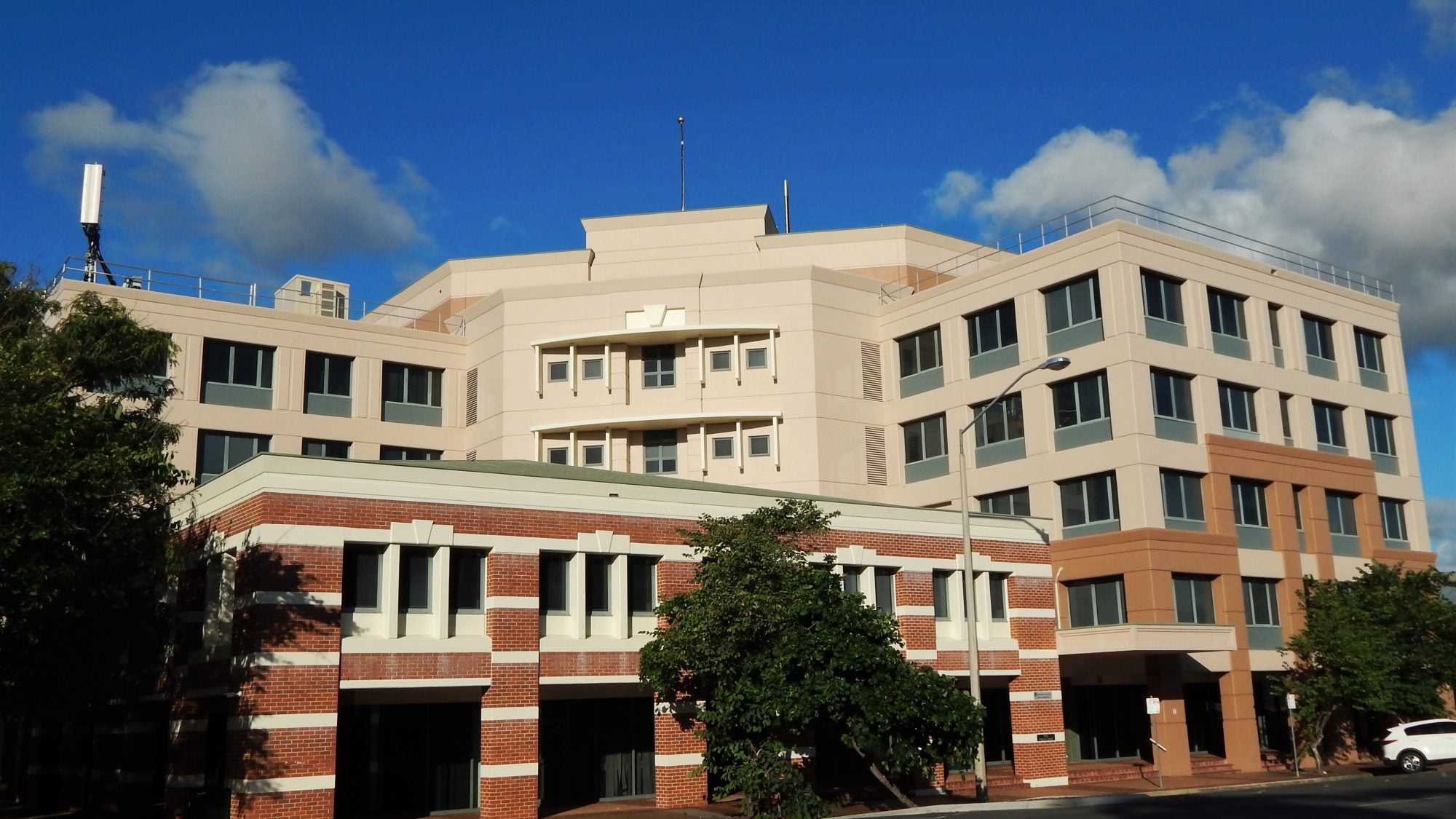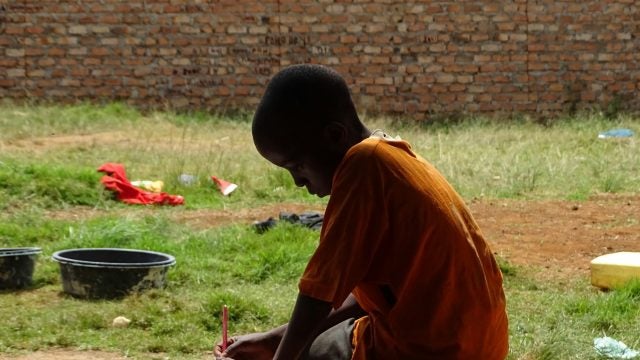
Title: Advancing Equity in Australian Higher Education
Despite 30 years of policy and public investment, disparities in university education persist in Australia. A government review of Australian higher education started in 2022, offers the opportunity to design a more equitable system. The purpose of the review is to build a long-term plan to improve the quality, accessibility, affordability, and sustainability of Australia’s universities and higher education system. A more equitable Australian higher education system is the end goal.
Introduction
Policy changes in the late 1980s brought post-secondary vocational and technical colleges into Australia’s university sector, establishing new universities, and shaping the structure of the current higher education system. To finance the larger university sector, student tuition fees were reintroduced, with deferred payment student loans supplementing government funding. Since 1989, the proportion of young Australians with a university degree has grown almost fourfold, yet several key population groups remain under-represented. In 2022, the Australian Government announced a comprehensive review of higher education, paralleling the one that led to changes of the 1980s. The current policy review focuses on increasing access and opportunity for under-represented groups.
History of Under-representation in Australia’s Higher Education
Before 1989, the higher education rates in Australia were low. Despite the abolishment of tuition fees in 1974, only 12% of the young adults held a bachelor’s degree or a higher qualification. In 1988, the Australian government started addressing disparities in university access to combat the dismal numbers. It focused on the issue of under-representation, which occurs when the proportion of university students from a particular group is less than that group’s population share. A 1990 policy discussion paper, A Fair Chance for All identified six such groups at the university level. Since the 1990 paper, the Australian government has used “under-representation” to identify “equity groups” in Australian higher education and set national objectives targeting policy and local institutional approaches to achieve equity goals.
In 2008, another Federal higher education review identified three groups of students as the most under-represented equity groups – low socioeconomic status (SES) students, Aboriginal and Torres Strait Islander students, and those from regional and remote areas. The review created formal definitions for these three groups and recognized the under-representation of people with disabilities, women in non-traditional areas of study, and students from non-English speaking backgrounds. It recommended monitoring the equity groups’ higher education participation, assessing annually reported university data on them, and funding university programs to address their under-representation.
In 2018, the Australian Government commissioned another review of Australia’s Equity Group framework that recommended retaining the Indigenous, low SES, and disability equity group categories, as is, and modifying definitions for others. It also recommended that the Government develop a strategy addressing early-in-life educational inequalities that contribute to under-representation in higher education. Despite the recommendation, as of 2023, Australia lacks a strategy focusing on educational inequalities stemming from early childhood through to post-secondary education.
Combating Australian Higher Education Inequality Today
Government policies promoting opportunities for under-represented groups at universities currently consist of discrete programs that fund university “equity initiatives” addressing inequity in university access, participation, and attainment. The government also provides financial assistance to under-represented students; supports research on causes and patterns of university under-representation; and provides funding to monitor system performance in access, participation, and attainment of under-represented groups.
These government programs sit alongside core government funding for Australian universities, but the central question remains: does current Australian educational policy successfully address higher education inequities? Government statistics, including equity group reporting and academic research, confirm that people from equity backgrounds remain under-represented despite these efforts. Aboriginal and Torres Strait Islander students, students from low SES backgrounds, and students from regional and remote Australia remain the most under-represented. Trends show that rates of access, participation, and university graduation by equity groups are inconsistent, with an increase in some years, followed by a decline in later years.
There are several reasons why the under-representation of equity groups continues to challenge government policy. For most students, university participation and graduation depend on the successful completion of a pathway that includes navigating primary and secondary school, selecting, applying to, enrolling, and completing a graduation program. This student pathway has many transition points and exit opportunities, but only some re-entry opportunities. Progression to higher education depends on making successful transitions from earlier stages and avoiding early exits from education. However, students from equity group backgrounds are less likely to progress along the pathway. Young people from the Aboriginal and Torres Strait Islander group, low SES, and regional and remote backgrounds are less likely to be ready for formal schooling. They face challenges in meeting academic benchmarks in literacy, numeracy, or science in middle and high school; completing secondary school; and entering and graduating from a university.
These facts are a design feature of Australian education, not an indication of deficits among certain groups of students. In fact, research comparing learning gaps between advantaged and disadvantaged students followed these two cohorts through primary and secondary school and found that the gaps actually widened over time. Students from different backgrounds exhibited different levels of progress, despite starting with similar capabilities. In other words, along the student pathway, Australian education policy continues to magnify educational disadvantage, rather than closing gaps between advantaged and disadvantaged students.
Focusing on Early Educational Inequities and Systemic Change in Higher Education
Since prior education is necessary for university participation, addressing inequity in higher education necessarily involves addressing early educational inequities and systemic features of the higher education design. The Government is currently reviewing Australia’s early childhood education and care sector and the school sector, along with the higher education sector review. Collectively, these reviews provide the opportunity for a consistent policy framework across Australian education that advances educational equity.
In July 2023, the Australian government released an Interim Report that reviewed the current higher education system. It contains immediate actions, which the Government has endorsed, and areas for further consideration, which are subject to ongoing investigation. While the ideas in the Interim Report do not constitute an integrated design for the higher education system, there are elements that would potentially enhance equity in an appropriately redesigned system. For instance, the Interim Report projects that Australia would need to grow the domestic student population by one-third between now and 2035 for 55% of Australians aged 25-34 years to have a university qualification by 2050. Such drastic growth could only be achieved if a majority of the additional students come from equity backgrounds.
Other potentially equity-enhancing ideas included in the report are setting targets for students from under-represented backgrounds to reach population parity by 2035, and creating a universal learning entitlement that allows Australians to gain academic and vocational credentials over their lives. This would ensure eligibility of all equity group students for government-funded places at university, with more financial support, along with enhanced and improved preparatory and enabling programs. The targets can also help revise the amount and design of the student loan repayment system to manage debt burdens. A suite of measures addresses under-representation of the Aboriginal and Torres Strait Islander students, and a new, already-legislated policy requires universities to report on policies that both identify and support students at risk of failing their courses.
The Way Forward
While the ideas expressed in the Interim Report signal a renewed focus on enhancing higher education equity, the review process does not ensure that the individual recommendations presented to the Government will meaningfully form a more equitable system. That goal requires embedding equity into Australian higher education as a design principle, articulating its core elements, and framing recommendations cohesively around those elements.
Elements of an equity-enhancing higher education system implied in the Interim Report include lifelong learning, better integration of post-secondary education systems for academic and vocational education, flexibility in the definition of ‘universities’ to include different types of institutions, recognition of the role of networks and partnerships, and student-centered policy designs. Designing for life-long learning through the “universal learning entitlement,” proposed by the Interim Report, can provide financial and government support for students to acquire university and vocational qualifications during their lives. Such a design would allow for greater flexibility along the student pathway by creating more second chances and re-entry opportunities. It would also safeguard against the unreliable prediction of future skills and workforce. These initiatives de-risk higher education, particularly for students with fewer resources.
As a corollary to the goal of life-long learning, system integration across vocational and academic sectors could promote a more flexible pathway between universities and vocational tertiary institutions. Some of the elements of a more integrated vocational and academic tertiary system could include mutual recognition of qualifications between the sectors, a common pricing structure, integrated data and administrative systems, and harmonized government funding and regulation of the academic and vocational sectors. A better integrated single tertiary sector can enhance opportunity pluralism and make it easier for students to progress flexibly along the student pathway, including between academic and vocational education as appropriate.
Australian universities are currently required to offer both undergraduate and postgraduate degrees and carry out research. Although institutions differ in focus and breadth, there is only one underlying model for the Australian university. It is doubtful whether the diverse student population of Australia will be able to reach the 55% university qualification target by 2050 if universities continue to operate in a straitjacketed manner. A more differentiated university sector, including new providers and types of universities—for example, specialist undergraduate teaching institutions, universities focused on regional communities, and advanced technical and vocational training institutions—may better accommodate both growth and increased student diversity.
Australian higher education also relies largely on students connecting to one university only during their degree. This limits opportunities for students and puts pressure on universities with different resources and capabilities to be comprehensive. The Australian emphasis on university education in a single place-based campus also often results in disconnection from pre-existing support networks for underrepresented students.
A redesigned system built on partnering across universities and employer networks could enhance equity. Regional and metropolitan universities, working together, could tackle issues such as dislocation from networks and blocked entry pathways for regional, at-risk communities. Partnerships between universities and employers on internships or work-integrated learning placements could address financial barriers, disproportionately faced by some students. Many of these initiatives already happen ad-hoc, but more systematic partnering could better address equity barriers.
Collectively these principles broaden the opportunity structure and create a more inclusive higher education system that accommodates the strengths and aspirations among a diversity of students. By accommodating growth and a more representative student population, equity-enhancing principles expand opportunities and create a more representative and inclusive higher education system.
…
Mark Western (m.western@uq.edu.au) is a Professor in Sociology at The University of Queensland (UQ), Australia, the Research Director for The Queensland Commitment, and the Founding Director (2008-2022) of the Institute for Social Science Research. The Queensland Commitment is a 10-year initiative to address unfair barriers to participation at UQ. Mark has published widely on topics including social and economic inequality, education and work, and social science methods, and also has a record of applied research and policy evaluation for government.
Image Credit: Wikimedia Commons
Recommended Articles

Amid stalled U.S. federal climate engagement and intensifying transatlantic climate risks, subnational diplomacy has emerged as a resilient avenue for cooperation. This article proposes a Transatlantic Subnational Resilience Framework (TSRF)…

The 1997 hijab ban in Türkiye left lasting effects on Muslim women’s psychological, social, and religious identities, shaping their experiences across academia, bureaucracy, and politics. Evidence from interviews…

This article advances the idea that teaching children their mother tongues and learning adjacent national languages offers better prospects for consolidating nation-building and contributing to cultural preservation. Kenya’s case illustrates…